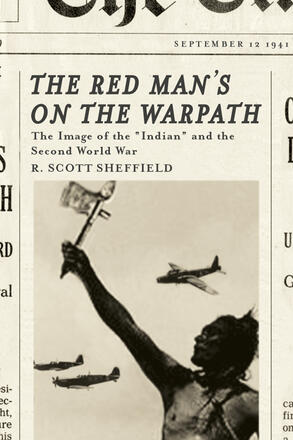
The Red Man's on the Warpath
The Image of the "Indian" and the Second World War
A revealing look at English Canadians' perceptions of First Nations people, with an emphasis on how the Second World War and the military service of Native people affected these perceptions.
La description
During the Second World War, thousands of First Nations people joined in the national crusade to defend freedom and democracy. High rates of Native enlistment and public demonstrations of patriotism encouraged Canadians to re-examine the roles and status of Native people in Canadian society. The Red Man’s on the Warpath explores how wartime symbolism and imagery propelled the “Indian problem” onto the national agenda, and why assimilation remained the goal of post-war Canadian Indian policy — even though the war required that it be rationalized in new ways.
Reviews
Sheffield’s exploration of this time period, an often-overlooked era in Canadian Aboriginal history, his “holistic” use of newspapers to access images of First Nations people held by the dominant society, combined with his detailed, yet readable argument, makes an important contribution to the twentieth-century historiography of Canadian Aborgininal people.
- Robert Alexander Innes, American Indian Studies Program, Michigan State University
Sheffield’s analysis of the unfolding of these successive images on the whole is persuasive. While his interpretation, as he forthrightly acknowledges, is “in several respects similar (10)” to Ronald Haycock’s The Image of the Indian, Sheffield’s research is more systematic and his argument more fine-grained . .. The Red Man’s on the Warpath is an important contribution to our understanding of both domestic attitudes towards First Nations and the impact of external events upon those views.
- JR Miller, University of Saskatchewan
Subtle, interesting book . .. It is a mark of the quality of this book that it stimulates such broad questions, while satisfying our curiousity about a particular phase of Canadian history.
- James M. Pitsula, University of Regina
Sheffield’s task is monumental and, accordingly, the scope of his documentary analysis is impressive . .. Sheffield has clearly made a valuable contribution of an underdeveloped area of scholarship. He has laid the pioneering framework for future work that will, I hope, fill in the remaining gaps . ..
- Madelaine Jacobs